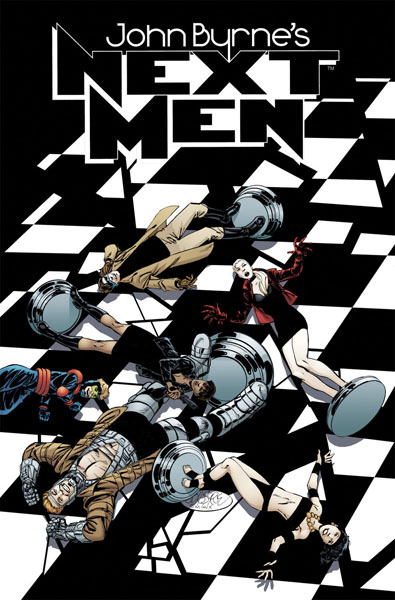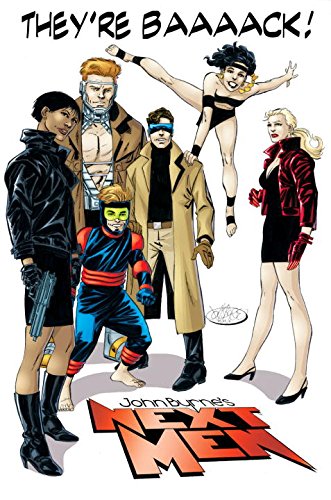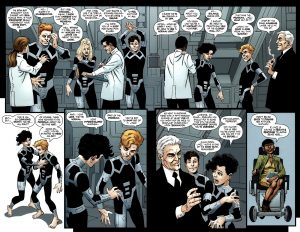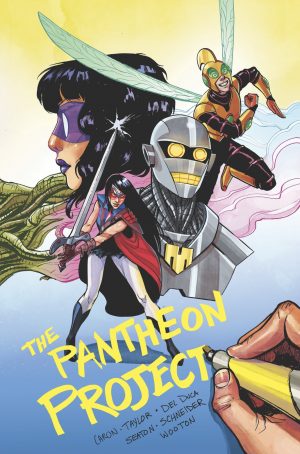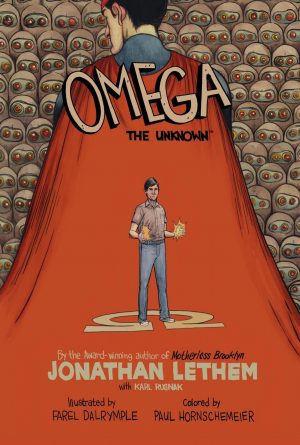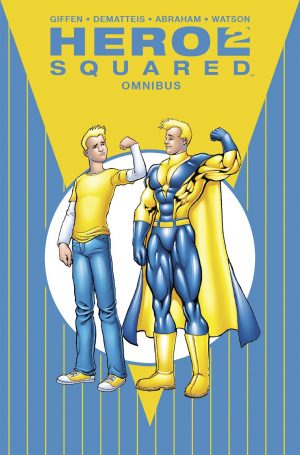Review by Ian Keogh
In the 1990s John Byrne’s Next Men ran for thirty issues, starting with Book One collected as six graphic novels (or three if you go for John Byrne’s Classic Next Men), and after peaking with Lies went on hiatus. In what’s surely the longest hiatus ever for a series that was actually picked up again, Byrne reunited with Next Men sixteen years later, completing a story few thought would ever be completed. Never read the original version? Never mind. Byrne provides a detailed recap over most of the opening chapter.
Lies ended with the Next Men possibly preventing a horrendous future caused by their genetically engineered nature, or possibly not, because we saw them being snatched away one by one. They now appear to be scattered through time, but so much about Next Men has involved deceit and deception there’s no way of knowing what’s real and what could be programmed. Either way, Byrne presents a story that lives up to the ‘Scattered’ title, and which has a very different mood from the earlier work. The assorted Next Men and Toni Murchison, a close ally, are scattered through time, all in very inhospitable places or periods, Nazi Germany and slave-owning Southern USA among them.
Byrne’s art is a little looser than the work he produced in the 1990s, perhaps even stronger on visual characterisation, but only very rarely including anything for decorative purposes. However, it could justifiably be claimed that there’s little decorative about a concentration camp or a slave plantation. An exception is a spread of Jazz stepping into the wonder of the future.
There’s a greater focus on core characters than any other Next Men graphic novel, but not all the Next Men are included, Danny missing in action after the opening chapter. While the original series visited some very dark places, there were always lighter moments balancing that, but not here in a very bleak outing. Despite a conclusion to the Next Men’s story being welcome, this is an unsatisfying graphic novel, as it needs to be read in conjunction with volume two to make much sense, so would have been better packaged as the single book telling a complete story.
